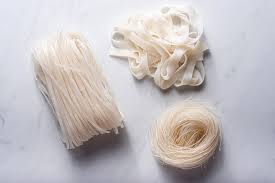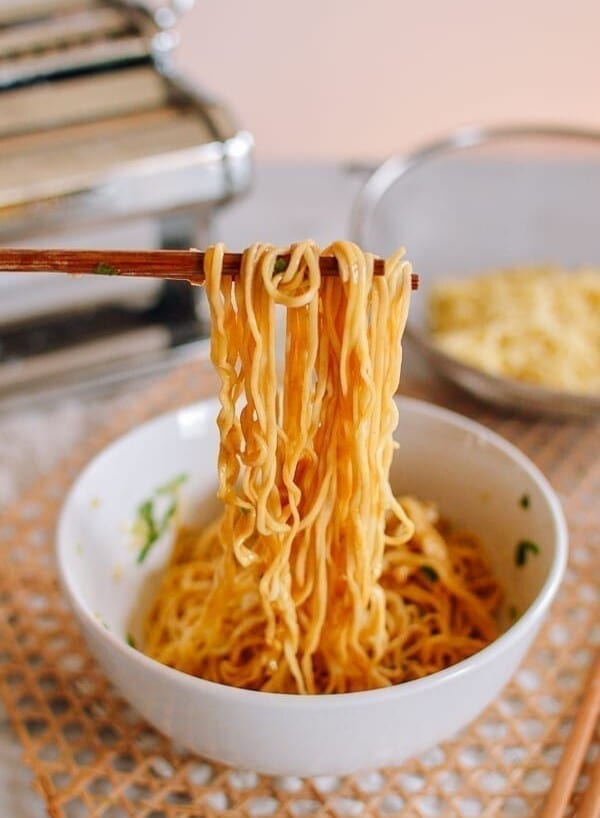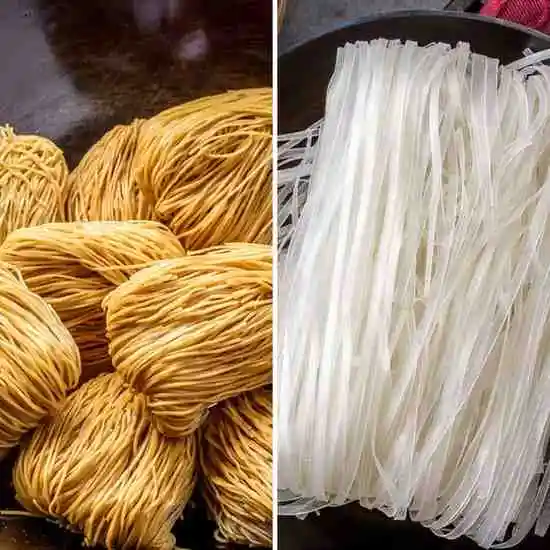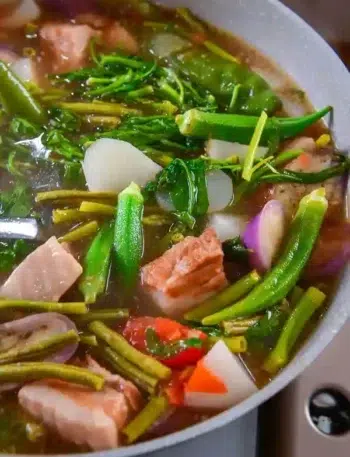Noodles are one of the most flexible and popular ingredients in Asian-inspired dishes. Among the many types, rice noodles and egg noodles often take centre stage. Both add unique texture, flavour, and cultural background to the table, but they aren’t the same. Knowing the distinctive traits of each noodle helps us pick the best one for any dish. This includes comforting stir-fries, rich soups, or refreshing salads.
Contents
What Are Rice Noodles?
Rice noodles are made from rice flour and water, with tapioca or cornstarch added to enhance their chewiness and translucency. They are gluten-free, making them perfect for those with gluten sensitivities. Their neutral flavor allows them to absorb the sauces, broths, and seasonings they’re paired with.

- Appearance: White, semi-translucent strands.
- Texture: Soft and slippery, with a delicate texture and a slight chew.
- Cooking Method: Saturate in hot water before use, not boiled like wheat noodles.
- Popular Dishes: Pad Thai, Pho, Singapore noodles, and fresh spring rolls.
Rice noodles come in various thicknesses—from thin vermicelli to wide flat sheets—giving endless versatility across Southeast Asian cuisines.
What Are Egg Noodles?
Egg noodles are made from wheat flour, eggs, and water. The addition of eggs gives them a golden-yellow color, a springier bite, and a richer flavor compared to plain wheat noodles. They are widely used in Chinese, Japanese, and European cooking.

- Appearance: Yellowish strands, ranging from thin to broad.
- Texture: Firm, chewy, and elastic when cooked.
- Cooking Method: Boiled in salted water before stir-frying or adding to soups.
- Popular Dishes: Lo mein, chow mein, wonton soup, ramen, and European buttered noodles.
The presence of gluten from wheat flour makes them unsuitable for gluten-free diets, but they are highly prized for their bouncy texture.
Key Differences Between Rice Noodles and Egg Noodles
1. Ingredients and Composition
- Rice Noodles: Made with rice flour and water; gluten-free.
- Egg Noodles: Made with wheat flour and eggs; contains gluten.
2. Texture and Bite
- Rice Noodles: Smooth, tender, and slippery.* Egg Noodles: Firm, chewy, and elastic.
3. Taste
- Rice Noodles: Mild and neutral, absorbs sauces well.
- Egg Noodles: Slightly eggy, rich, and flavorful on their own.
4. Nutrition
Rice noodles are lower in protein and fiber, but they are lighter on the stomach. Egg noodles with eggs are higher in protein and vitamins, but they are heavier.
5. Cooking Methods
- Rice Noodles: Soaked, not boiled, to avoid mushiness.
- Egg Noodles: Boiled like pasta and more forgiving during cooking.
Nutritional Comparison of Rice vs Egg Noodles
| Nutrient | Rice Noodles (per cup cooked) | Egg Noodles (per cup cooked) |
| Calories | ~190 | ~220 |
| Carbohydrates | 42 g | 40 g |
| Protein | 3 g | 7 g |
| Fat | 0.4 g | 3 g |
| Fiber | 1 g | 2 g |
| Gluten-Free | Yes | No |
Cultural and Culinary Uses
Rice Noodles in Asian Cuisine
- Vietnamese Pho: Rice noodles in aromatic broth.
- Thai Pad Thai: Stir-fried noodles with tamarind sauce, peanuts, and shrimp.
- Malaysian Laksa: Spicy coconut noodle soup.
Egg Noodles in Asian and Western Cuisine
- Chinese Chow Mein: Fried noodles with vegetables and meat.
- Japanese Ramen: Egg noodles in miso or soy-based broth.
- European Dishes: Buttered noodles or stroganoff base.
Which Noodle to Choose
- For soups, rice noodles are light, while egg noodles are rich.
- For Stir-Fries, Egg noodles can withstand high heat and hold their shape.
- For Salads and Fresh Rolls: Rice noodles are smooth.
- For Comfort Food: Egg noodles are heartier, more substantial.
Cooking Tips
Rice Noodles
- Soak in hot water until tender, never overcook.
- Rinse after soaking to prevent clumping.
- Use immediately after preparation.
Egg Noodles
- Salt the boiling water for extra flavor.
- Cook until al dente to avoid sogginess.
- Toss with oil if not serving right away.
Health Considerations
- Gluten-Free: Rice noodles are a safe option.
- Protein: Egg noodles are higher in protein.
- Low-Fat: Rice noodles are almost fat-free.
- Energy: Both provide quick energy from carbs, great for athletes.
Conclusion
Rice noodles and egg noodles may seem similar. But they have different flavours, textures, and cultural stories. Rice noodles work well in light dishes, letting the sauce or broth take centre stage. Egg noodles have a distinctive presence in hearty meals. Their elasticity and richness boost the other ingredients. Now that we know the difference, we can cook better. We can choose the right noodle for any occasion and create dishes that celebrate both worlds.







